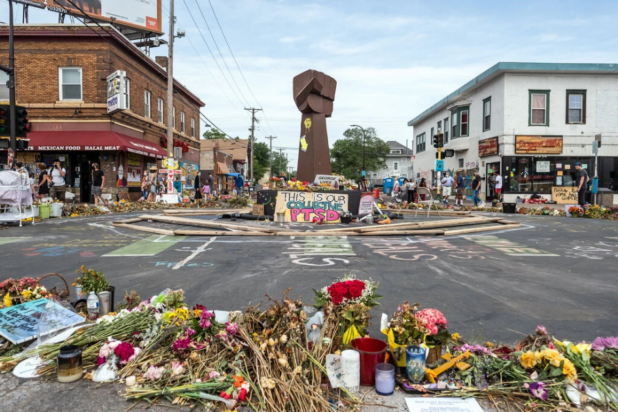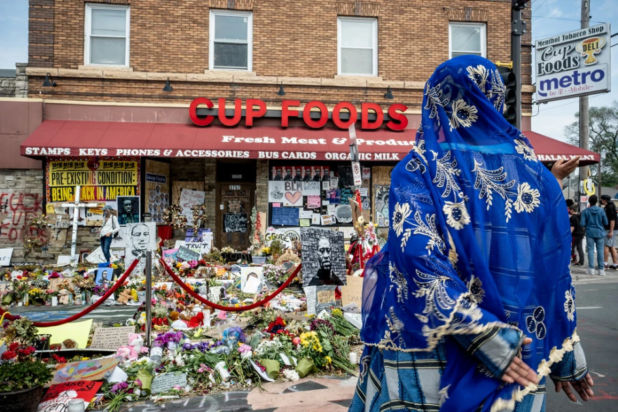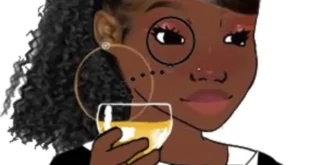George Floyd may have died of a drug overdose, but his spirit lives on.
Still, they come — from all over the country and beyond. From New Mexico, Texas, Massachusetts. From Africa and Europe. One man even said he walked a thousand miles, all the way from Alabama, just to be in Minneapolis.
“They are coming to feel the energy and pay tribute,” said Bianca Dawkins, 28, a local resident who has met many of the visitors.
Two months after the police killing of George Floyd, the four-block area of South Minneapolis where he gasped his last breaths remains a sacred space, a no-go zone for officers. There is a neatly trimmed garden, anchored by a sculpture of a raised fist. There are colorful murals and the words “I can’t breathe” painted across the pavement, as well as the names of dozens of other Black people killed by the police.
At night, though, the space is increasingly a battleground, with shootings and drug overdoses. The area has had an uptick in gun violence similar to what other cities have seen in the wake of protests.
…
“Opening up too quickly will have a devastating effect on people still mourning,” said Angela Conley, a Hennepin County commissioner, who has been leading community discussions about the future of the area where Mr. Floyd was killed.
Even so, elected officials are fielding a growing number of calls from residents concerned about the violence and loud noise at night in the area, where, among several incidents, a pregnant woman was recently killed.
“What people aren’t recognizing is that people who live there are having a very, very challenging time from the unlawfulness that is occurring after the sun goes down,” said Andrea Jenkins, a member of the City Council whose district includes the memorial space. “There are constant gunshots every night. Emergency vehicles can’t get in. Disabled people are not able to access their medications, their appointments, their food deliveries, et cetera. It’s a very challenging situation.”
…
As the protests gained momentum in late May, Dr. Jackie Kawiecki set up a medic station near Cup Foods, administering first aid to injured protesters. Since then, she has maintained a group of medics who treat minor ailments like abrasions and heat exhaustion during the daytime.
“Sunset to sundown is very different from sundown to sunset,” she said. “My nighttime world, after sunset, I have taken care of double gunshot wounds, drug overdoses.” One night a man wounded by gunfire drove a bicycle past the barricades, she said, before collapsing outside her tent and yelling: “I’m shot! I’m shot!”
After the pregnant woman was killed nearby in early July, and having dodged gunfire herself, Dr. Kawiecki limited the hours of her medic station from 9 a.m. to 9 p.m.
But residents say that nothing happening at night diminishes the atmosphere that prevails in daylight. The other day, Anna Raeker, 25, was greeting visitors to the space and directing people to a pamphlet taped to a table: “This is a space community members want to decentralize white feelings and prioritize Black pain.”
Living the dream, folks.
 Daily Stormer The Most Censored Publication in History
Daily Stormer The Most Censored Publication in History





